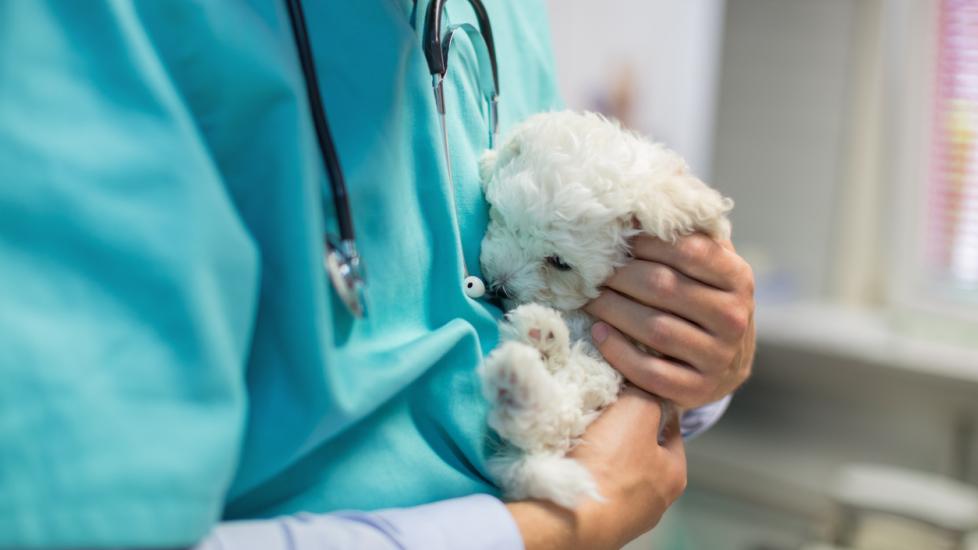Title: Understanding and Managing Vaginitis in Canine Companions
Introduction:
In the world of canine health, vaginitis is a common condition that often leaves pet owners scratching their heads. This inflammation of the vaginal canal affects female dogs at various stages of life, from puppyhood to adulthood, presenting with symptoms ranging from mild discharge to more severe discomfort. As responsible dog enthusiasts, it’s crucial to recognize the signs, understand potential causes, and employ effective management strategies for this prevalent issue. Let us delve into the intricacies of vaginitis in our beloved furry friends.
Understanding the Causes:
The origins of vaginitis are diverse, spanning genetic predisposition, hormonal imbalances, infections, foreign bodies, or even cancerous growths. Puppies may experience transient vaginitis due to incomplete development of hormone receptors, while adult dogs could be affected by spaying complications, cystic endometrial hyperplasia, or immune-mediated diseases. Bacterial or yeast overgrowth can also contribute to persistent irritation and infection.
Signs to Look For:
Recognizing the telltale signs of vaginitis is essential for early intervention. These include excessive licking around the genital area, a thick, white, or yellowish discharge, bleeding between heat cycles (if intact), pain during urination or defecation, and an unpleasant odor emanating from the region. Your attentive eye as a pet guardian can make all the difference in seeking timely veterinary assistance.
Management Strategies:
Once diagnosed, your veterinarian will tailor a treatment plan based on the underlying cause. Antibiotics might be prescribed if there’s evidence of bacterial involvement; anti-inflammatory drugs can provide relief from swelling and pain. In some cases, additional testing such as blood work, urine analysis, or imaging studies like ultrasound may be necessary to determine the best course of action. It’s important to follow through with any recommended therapies to ensure complete recovery and prevent recurrence.
Prevention Measures:
To minimize the risk of vaginitis, regular check-ups should be scheduled with your vet, especially after puberty when hormonal changes occur. Spaying before the first estrous cycle can significantly reduce the likelihood of certain types of vaginitis. Additionally, maintaining proper hygiene—regular baths using gentle products formulated for canines—can help keep external areas clean and free from irritants. Providing a balanced diet rich in essential nutrients supports overall well-being and helps maintain a robust immune system.
Conclusion:
By understanding the complexities of vaginitis and adopting proactive measures, we can safeguard the happiness and welfare of our four-legged companions. Regular communication with a trusted veterinarian ensures that any issues related to your dog’s reproductive tract are promptly identified and managed effectively. Remember, every dog is unique, so what works for one pup may not be applicable to another. Stay vigilant, stay informed, and most importantly, show unwavering love and care for your cherished canine friend.
